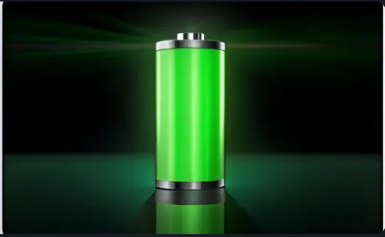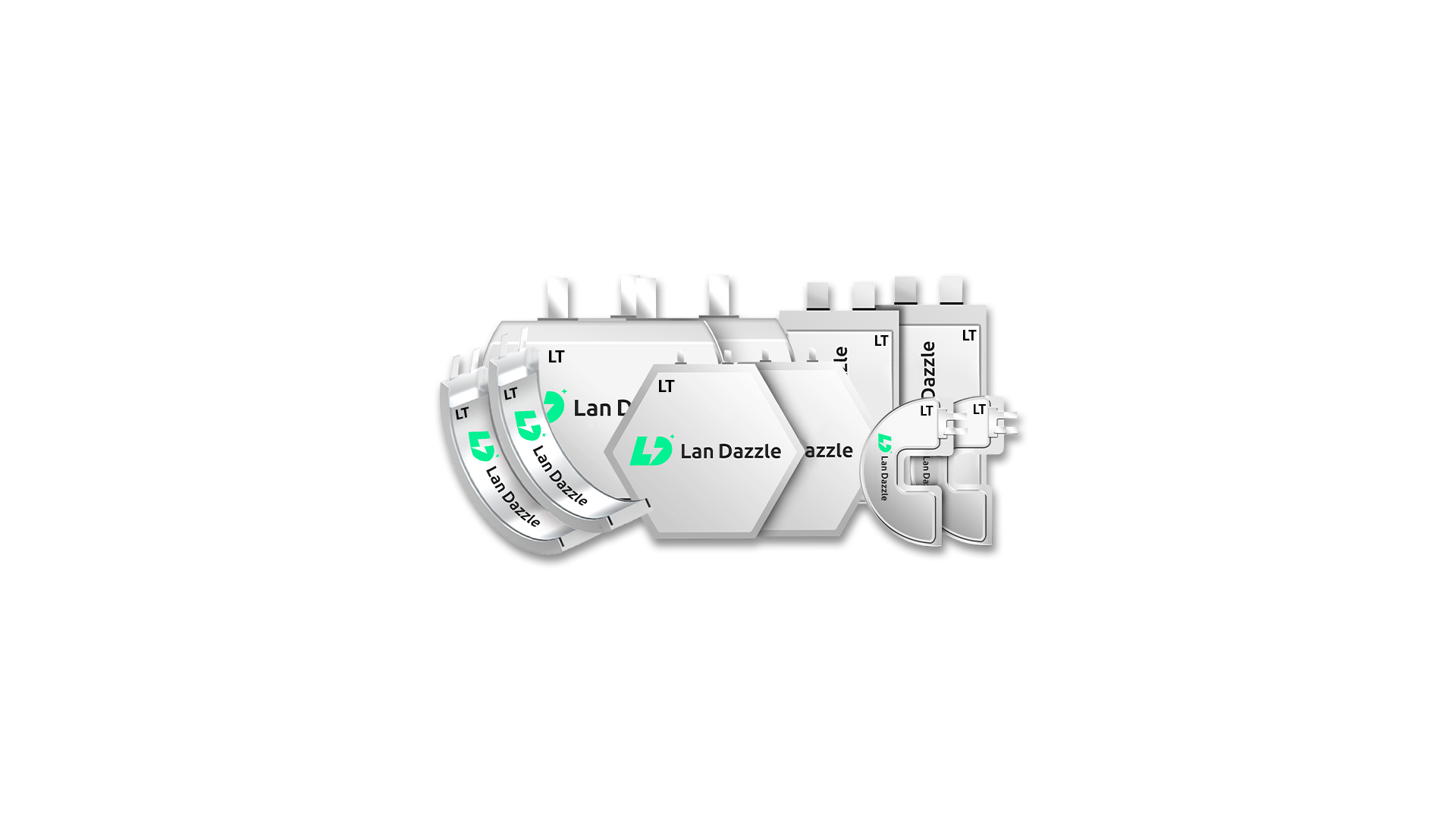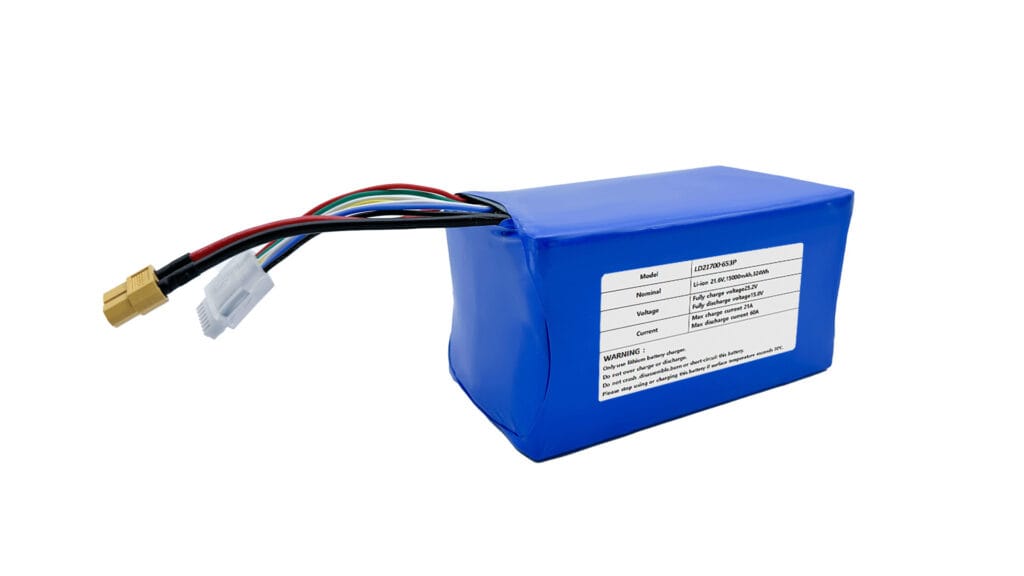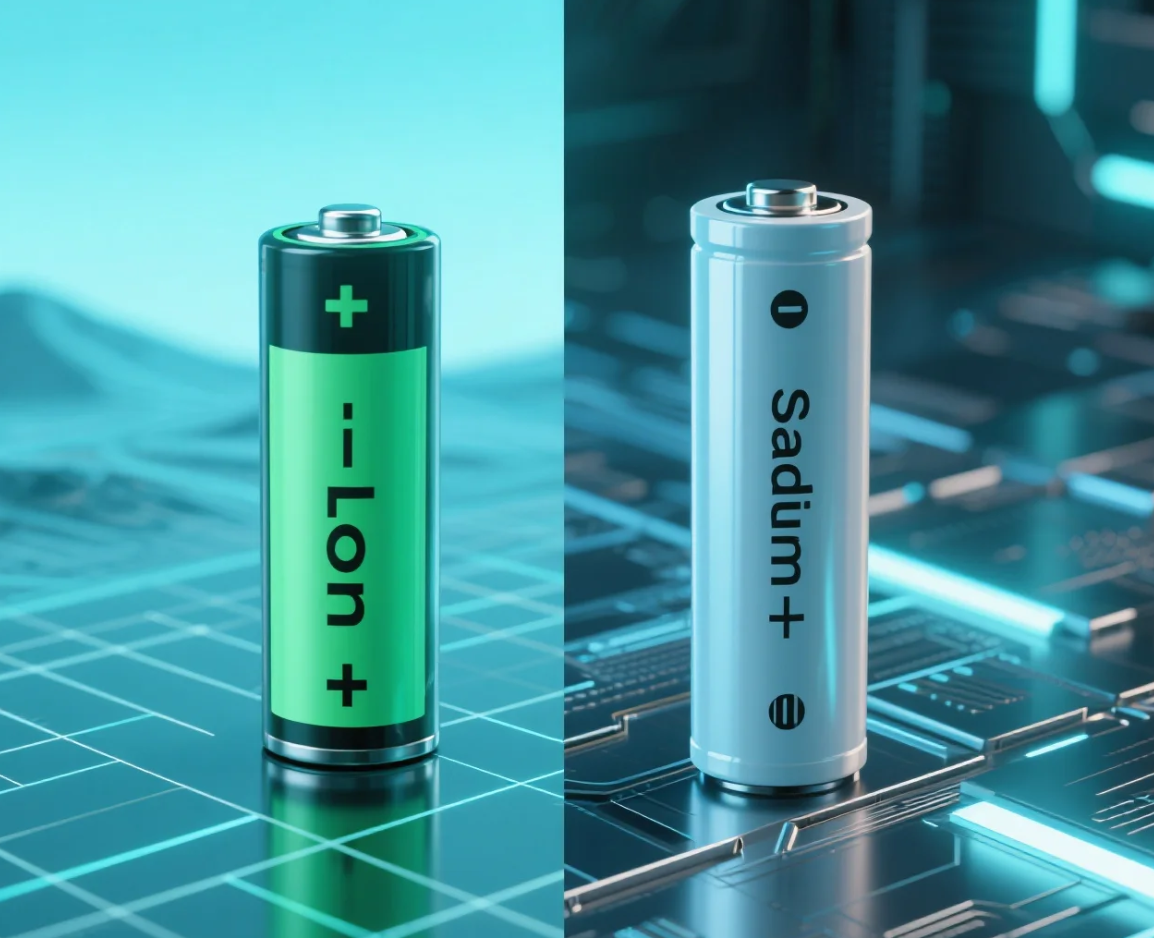A high energy density battery is a powerful solution for many industries, offering longer-lasting power and improved efficiency. In this article, we will explore what high energy density batteries are, their applications, and how they differ from standard batteries.
What is a High Energy Density Battery?
A high energy density battery is designed to store a significant amount of energy in a relatively small volume or mass. Energy density refers to the amount of energy stored per unit of weight (often measured in watt-hours per kilogram, Wh/kg) or volume (measured in watt-hours per liter, Wh/L). The higher the energy density, the more energy the battery can store and deliver over a longer period, all while occupying less space and being lighter.
In battery technology, lithium-based chemistries, such as lithium-ion (Li-ion) and lithium-polymer (LiPo) batteries, are known for their high energy density compared to other types like nickel-cadmium or lead-acid batteries. This makes them particularly useful in applications where space, weight, and power requirements are critical. For instance, electric vehicles (EVs) and portable electronics like smartphones and laptops rely on these batteries to deliver longer battery life while minimizing the weight and size of the device.
High energy density batteries work by using chemical reactions between the anode and cathode in the battery to store and release electrical energy. The development of these batteries continues to evolve, with ongoing research focused on increasing energy storage capabilities without sacrificing safety, cost-effectiveness, or lifespan.
The Impact of High Energy Density Batteries on Real-World Applications
High energy density batteries have a profound impact across various industries, significantly improving both functionality and user experience. Some notable applications include:
-
Consumer Electronics: The advancement of high energy density batteries is evident in modern consumer electronics. Smartphones, tablets, laptops, and wearables now benefit from batteries that allow for longer usage times without adding bulk. This is crucial in today’s tech world, where users demand long-lasting devices without compromising portability.
-
Electric Vehicles (EVs): In the realm of electric transportation, high energy density batteries have allowed electric cars to compete with traditional gasoline-powered vehicles in terms of range. With lighter and more compact battery packs, EV manufacturers can extend the driving range while maintaining a reasonable vehicle weight. This not only enhances convenience but also helps lower emissions, contributing to a cleaner environment.
-
Aerospace: Drones, satellites, and other aerospace applications depend on high energy density batteries for long-lasting power in weight-sensitive environments. In drones, for example, a high energy density battery can offer longer flight times, enabling efficient deliveries, surveillance, and scientific research without frequent recharging.
-
Renewable Energy: In energy storage solutions, solar energy systems and wind energy systems use high energy density batteries to store the energy generated by these renewable sources. The improved efficiency of these batteries means that more energy can be stored in a smaller footprint, which is critical for off-grid applications or locations with space constraints.
The Core Differences Between High Energy Density and Standard Batteries
While all batteries store energy, high energy density batteries stand out due to their enhanced ability to store a greater amount of energy in a smaller or lighter form. Let’s look at the key differences between high energy density batteries and standard batteries:
-
Energy Storage Capacity: High energy density batteries are able to store significantly more energy for the same mass or volume when compared to standard batteries. For example, lithium-ion batteries can store up to 250 Wh/kg, whereas lead-acid batteries typically store around 30-50 Wh/kg. This difference means that high energy density batteries can provide longer runtimes for devices without needing to increase their size or weight.
-
Size and Weight: Due to their ability to store more energy in a compact design, high energy density batteries tend to be smaller and lighter. This is especially important in portable devices, where minimizing size and weight can improve user experience and make the device more convenient to carry or use.
-
Performance: High energy density batteries typically offer better power output compared to standard batteries. This translates into faster charging times, more stable voltage output, and more consistent performance over the course of their lifespan.
-
Cost: High energy density batteries often come at a higher cost due to the materials and technology used in their construction. However, the cost is often offset by the performance and longevity benefits they provide. For example, while EV batteries may be more expensive upfront, their higher energy density translates to fewer recharges and a longer lifespan, reducing the long-term cost of ownership.
4. What Factors Determine Battery Energy Density?
Several factors influence the energy density of a battery, including the choice of materials and the design of the battery. Understanding these factors is key to improving energy density in future battery technologies:
-
Electrode Materials: The anode and cathode materials are fundamental to a battery’s energy storage capabilities. Lithium-based electrodes, such as lithium cobalt oxide (LiCoO2) and lithium iron phosphate (LiFePO4), have high energy densities. The ability to improve these materials, making them lighter, more conductive, and more stable, is one of the primary ways to increase energy density.
-
Electrolyte Composition: The electrolyte allows ions to move between the anode and cathode during charging and discharging. The choice of electrolyte, whether liquid or solid-state, impacts the efficiency and safety of the battery, as well as its overall energy density. Solid-state electrolytes, for example, have the potential to improve energy density and reduce risks such as overheating and leakage.
-
Battery Design: The arrangement and size of the electrodes, the separator, and other internal components can all affect energy density. Thin-film batteries, for instance, use very thin electrodes, allowing them to store more energy in a compact form. Advanced battery designs optimize the way energy is stored and transferred within the cell, leading to higher overall energy density.
-
Manufacturing Process: Advances in manufacturing technologies, such as precision electrode coating and high-performance materials, allow manufacturers to produce batteries with higher energy densities. The ability to precisely control the thickness of electrode materials and enhance conductivity through design improvements is a key factor in boosting energy density.
Which Industries Have the Largest Demand for High Energy Density Batteries?
The demand for high energy density batteries is growing rapidly across various industries, driven by the increasing need for more efficient and portable power sources. Some of the sectors with the highest demand include:
-
Electric Vehicles (EVs): One of the largest drivers of high energy density battery demand is the electric vehicle industry. With increasing concerns over climate change and the push for cleaner energy solutions, EV manufacturers need high energy density batteries to increase the driving range of vehicles without adding unnecessary weight or size.
-
Aerospace and Defense: High energy density batteries are critical for aerospace applications, such as drones, satellites, and military technology. In these industries, size, weight, and long battery life are crucial. Drones used for surveillance or delivery services, for example, benefit from high energy density batteries that allow for longer flight times and greater payload capacity.
-
Portable Electronics: As technology continues to advance, consumers expect their gadgets—whether it’s a smartphone, laptop, or smartwatch—to last longer and charge faster. High energy density batteries meet these expectations, allowing for compact devices that offer longer-lasting power.
-
Medical Devices: Implantable devices such as pacemakers, hearing aids, and other medical technologies rely on high energy density batteries for extended operational lifespans and compact designs. Medical devices often need batteries that can work reliably for years without needing frequent replacements.
-
Renewable Energy Storage: As the use of renewable energy sources such as solar and wind power increases, so does the need for efficient energy storage systems. High energy density batteries enable these systems to store more energy in less space, which is crucial for off-grid and remote area applications.
The high energy density battery market is growing rapidly, and its influence extends far beyond consumer products, touching industries that are critical to global infrastructure and sustainability.
How to Ensure Cycle Life and Stability with Increased Energy Density
As energy density increases, there are potential challenges in ensuring the cycle life (the number of charge and discharge cycles the battery can undergo) and stability (safety and reliability). Here’s how manufacturers are addressing these challenges:
-
Advanced Materials: The use of advanced materials, such as silicon-based anodes or graphene, can help improve the performance and stability of high energy density batteries. These materials are more efficient at storing energy and can also extend the lifespan of the battery by reducing wear and tear during charging cycles.
-
Battery Management Systems (BMS): A BMS is crucial in high energy density batteries. It monitors various parameters such as temperature, charge levels, and voltage to ensure the battery operates within safe limits. The BMS helps prevent overcharging, overheating, or deep discharge, which can damage the battery and shorten its lifespan.
-
Thermal Management: As high energy density batteries store more energy, they generate more heat during operation. Thermal management systems, such as heat sinks or liquid cooling, are essential to prevent overheating and ensure stable performance. These systems help maintain the battery’s temperature within optimal ranges, improving both safety and longevity.
- Cell Design Optimization: Researchers are continuously improving cell design to ensure better stress distribution and electrode stability. By enhancing the structural integrity of the battery, manufacturers can increase the durability and reliability of high energy density batteries.
High energy density batteries are transforming the way we power everything from consumer electronics to electric vehicles and renewable energy systems. They offer increased efficiency, longer runtimes, and reduced size, making them a critical part of modern technology. However, ensuring their stability and long cycle life is crucial for maximizing their benefits. As battery technology continues to advance, the role of high energy density batteries will only become more prominent.
FAQs
-
What is the main advantage of a high energy density battery?
-
The main advantage is the ability to store more energy in a smaller and lighter package, which leads to longer-lasting power and improved efficiency.
-
-
How is energy density measured in batteries?
-
Energy density is typically measured in watt-hours per kilogram (Wh/kg) or watt-hours per liter (Wh/L).
-
-
Are high energy density batteries more expensive?
-
Generally, high energy density batteries can be more expensive due to the advanced materials and technologies used in their construction.
-
-
What are the most common types of high energy density batteries?
-
Lithium-ion (Li-ion) and lithium-polymer (LiPo) batteries are among the most common types with high energy density.
-
-
Do high energy density batteries last longer than standard batteries?
-
Yes, high energy density batteries typically last longer because they can store more energy, allowing devices to run for extended periods before recharging.
-
Landazzle Battery Solutions
At Landazzle, we specialize in providing custom lithium-ion and lithium-polymer batteries with high energy density solutions tailored to your specific needs. Whether you’re looking for batteries for drones, or medical devices, we offer cutting-edge technology that guarantees performance and reliability. Reach out today to explore our battery solutions: visit www.landazzle.com.





